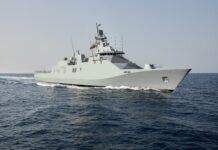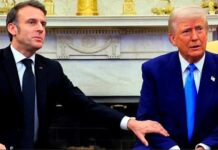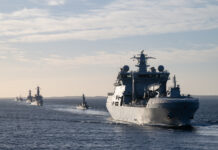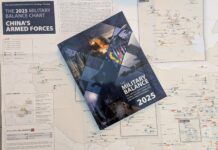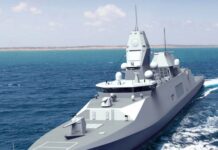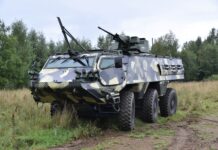Ukraine’s invasion prompted unprecedented military co-operation across the NATO landscape and a strengthening of the organisation. Germany massively increased its arms budget, while Finland and Sweden applied to join the alliance. With Saab Group substantially representing the face of Sweden’s defence-industrial complex, ESD decided to interview defence policy expert Fredrik Hassel, Senior Public Affairs Advisor at Saab. Hassel regularly analyses the situation in Ukraine and Russia’s continued materiel, policy, and strategy of aggression.
ESD: In 2022 Russia launched a full physical attack on Ukraine. What have we learned in a year?
Fredrik Hassel (FH): The conflict is bringing many military failures to light. NATO’s governments and defence-industrial complexes are watching and analysing the tactics and dynamics in Ukraine very closely; there is much to learn from every crisis and conflict. In my view, the lessons to be learned from Ukraine include the challenges of restrained arms policies, modern weapons systems’ efficacy, and the incredible willpower of people fighting for their freedom.
Also, Russia will be a different enemy in the future; the West must prepare. Russia was a superpower during the Cold War. Post-Cold War, Russia was at least very strong regionally while also having an enormous weapons of mass destruction (WMD) arsenal. Now, Russia is becoming a rogue state with WMD and cyber capabilities.
ESD: You assess global events daily. From your point of view how could this devastating war come about?
FH: The West was surprised by Putin’s aggression, despite East European warnings of his ruthless brutality. Many Western leaders hoped that it could integrate Russia into our socio-political model until recently. Russia’s annexation of Crimea in 2014 had already compromised the territorial integrity of a sovereign European nation. There are now immediate fears that similar conflicts could arise in other parts of Europe if the international community is unable to protect and preserve state sovereignty and warn would-be aggressors.
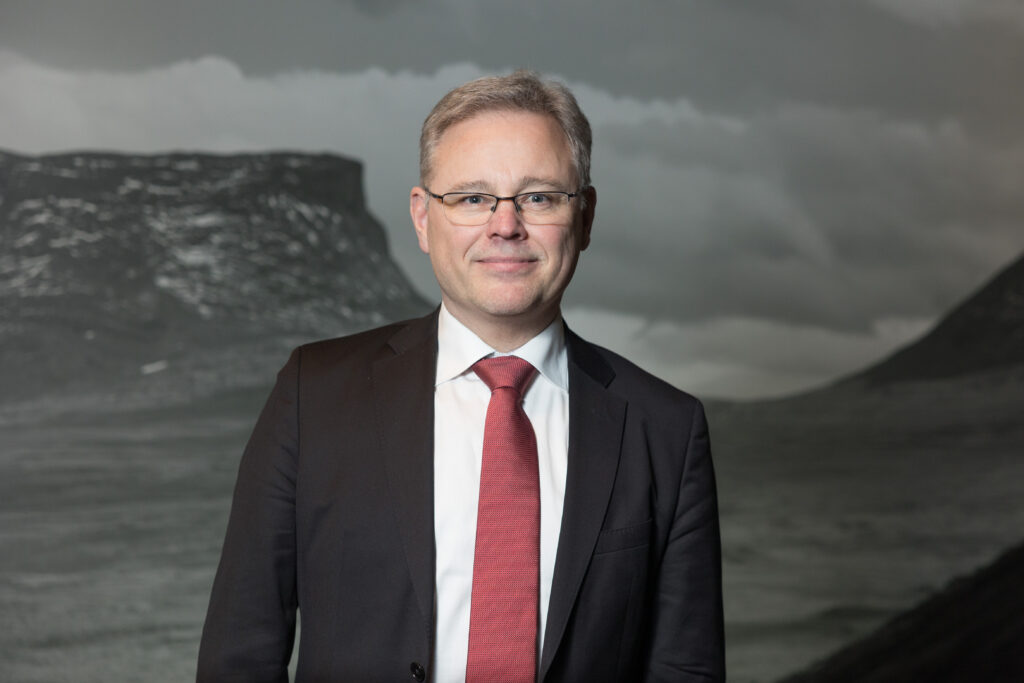
ESD: By “Would be aggressors”, do you mean China vis-à-vis Taiwan?
FH: Ukraine’s invasion could be a ‘road map’ in many respects and might be able to influence parties to a conflict and their supporters. For example, should there be an escalation with China, the USA expects support from Europe in return for its assistance in Ukraine. despite the two conflict scenarios not being alike. Fighting Russia in Ukraine is very different from fighting China over Taiwan. Whereas in Ukraine the focus is on ground combat and ground-based air defence, a potential escalation between China and Taiwan would involve air and naval forces. Moreover, China is a high-tech state and is possibly superior to the West in some areas when it comes to technology.
The strength of the international community should be used to send a clear signal to China. For Taiwan, at any rate, the resistance of the Ukrainian people could serve as a role model to become even more self-confident and rely even more greatly than before on its allies to deter China.
But I do not want to rely on whether China will also learn its lessons from the war and realise that it is not so easy to take over a country through military force, even if it is stronger.

ESD: To what extent will this war change Europe, the EU and NATO?
FH: New types of co-operation create links between countries and sectors, and I am convinced this will make us stronger. It took a war to wake up Europe and strengthen the international community. NATO in particular faces the difficult task of persuading its members to increase their defence budgets over the coming years to strengthen military capabilities. This is the only way to respond to threats and ensure credible deterrence.
The Ukraine war demonstrates how a weak defence can be an invitation for aggressors. For smaller and weaker states, it is particularly important that they have sufficient defence capability to be able to protect themselves against attacks. East European states are disposing of Soviet stocks of materiel and replacing them with modern Western weapons in the coming years.
By declaration, NATO member states must be able to defend themselves and each other. Achieving this state of readiness is a challenge, despite most of the focus so far being on R&D. We are witnessing bottlenecks in some areas and the EU and NATO will have to discuss how to ensure future defence production capability.
Then, Russia will also realise that its conventional strength no longer matches the West. It will change its way of waging war and the West must accurately assess and quickly prepare for this.
ESD: What role will Sweden and Finland play in NATO regarding Russia’s war against Ukraine?
FH: With Finland as a direct neighbour and Sweden as an ideal logistics base in northern Europe, there are completely new opportunities for NATO to protect and defend the Baltic states in a conventional sense. This is a development that Vladimir Putin did not anticipate.
The interview was conducted by Curtis Hand.


